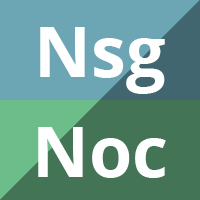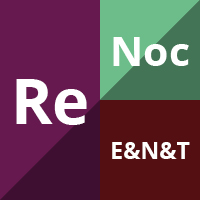
Biopsy versus resection for the management of low-grade gliomas
Abstract Background This is an updated version of the original Cochrane review published in 2013, Issue 4. Low‐grade gliomas (LGG) constitute a class of slow‐growing primary brain neoplasms. Patients with clinically and radiographically suspected LGG have two initial surgical options, biopsy or resection. Biopsy can provide a histological diagnosis with minimal risk but does not […]

Iodine-131-meta-iodobenzylguanidine therapy for patients with newly diagnosed high-risk neuroblastoma
Abstract Background Patients with newly diagnosed high-risk (HR) neuroblastoma (NBL) still have a poor outcome, despite multi-modality intensive therapy. This poor outcome necessitates the search for new therapies, such as treatment with 131I-meta-iodobenzylguanidine (131I-MIBG). Objectives To assess the efficacy and adverse effects of 131I-MIBG therapy in patients with newly diagnosed HR NBL. Search methods We […]

Therapeutic exercises for affecting post-treatment swallowing in people treated for advanced-stage head and neck cancers
Abstract Background Head and neck cancer treatment has developed over the last decade, with improved mortality and survival rates, but the treatments often result in dysphagia (a difficulty in swallowing) as a side effect. This may be acute, resolving after treatment, or remain as a long-term negative sequela of head and neck cancer (HNC) treatment. […]

Educational interventions for the management of cancer-related fatigue in adults
Abstract Background Cancer-related fatigue is reported as the most common and distressing symptom experienced by patients with cancer. It can exacerbate the experience of other symptoms, negatively affect mood, interfere with the ability to carry out everyday activities, and negatively impact on quality of life. Educational interventions may help people to manage this fatigue or […]

Hydromorphone for cancer pain
Abstract Background Cancer pain is an important and distressing symptom that tends to increase in frequency and intensity as the cancer advances. For people with advanced cancer, the prevalence of pain can be as high as 90%. It has been estimated that 30% to 50% of people with cancer categorise their pain as moderate to […]

Intravenous versus inhalational techniques for rapid emergence from anaesthesia in patients undergoing brain tumour surgery
Abstract Background Brain tumour surgery usually is carried out with the patient under general anaesthesia. Over past years, both intravenous and inhalational anaesthetic agents have been used, but the superiority of one agent over the other is a topic of ongoing debate. Early and rapid emergence from anaesthesia is desirable for most neurosurgical patients. With […]

Intracystic bleomycin for cystic craniopharyngiomas in children
Abstract Background Craniopharyngiomas are the most common benign histological tumours to involve the hypothalamo-pituitary region in childhood. Cystic craniopharyngiomas account for more than 90% of the tumours. The optimal treatment of cystic craniopharyngioma remains controversial. Radical resection is the treatment of choice in patients with favourable tumour localisation. When the tumour localisation is unfavourable, a […]

Rapamycin and rapalogs for tuberous sclerosis complex
Abstract Background Previous studies have shown potential benefits of rapamycin or rapalogs for treating people with tuberous sclerosis complex. Although everolimus (a rapalog) is currently approved by the FDA (U.S. Food and Drug Administration) and the EMA (European Medicines Agency) for tuberous sclerosis complex-associated renal angiomyolipoma and subependymal giant cell astrocytoma, applications for other manifestations […]

Radiotherapy for diffuse brainstem glioma in children and young adults
Abstract Background Diffuse brainstem glioma is a devastating disease with very poor prognosis. The most commonly used radiological treatment is conventional fractionated radiation. So far, there is no meta-analysis or systematic review available that assesses the benefits or harms of radiation in people with diffuse brainstem glioma. Objectives To assess the effects of conventional fractionated […]

Hyperbaric oxygen therapy for late radiation tissue injury
Abstract Background Cancer is a significant global health problem. Radiotherapy is a treatment for many cancers and about 50% of people having radiotherapy will be long‐term survivors. Some will experience late radiation tissue injury (LRTI) developing months or years later. Hyperbaric oxygen therapy (HBOT) has been suggested as a treatment for LRTI based upon the […]

